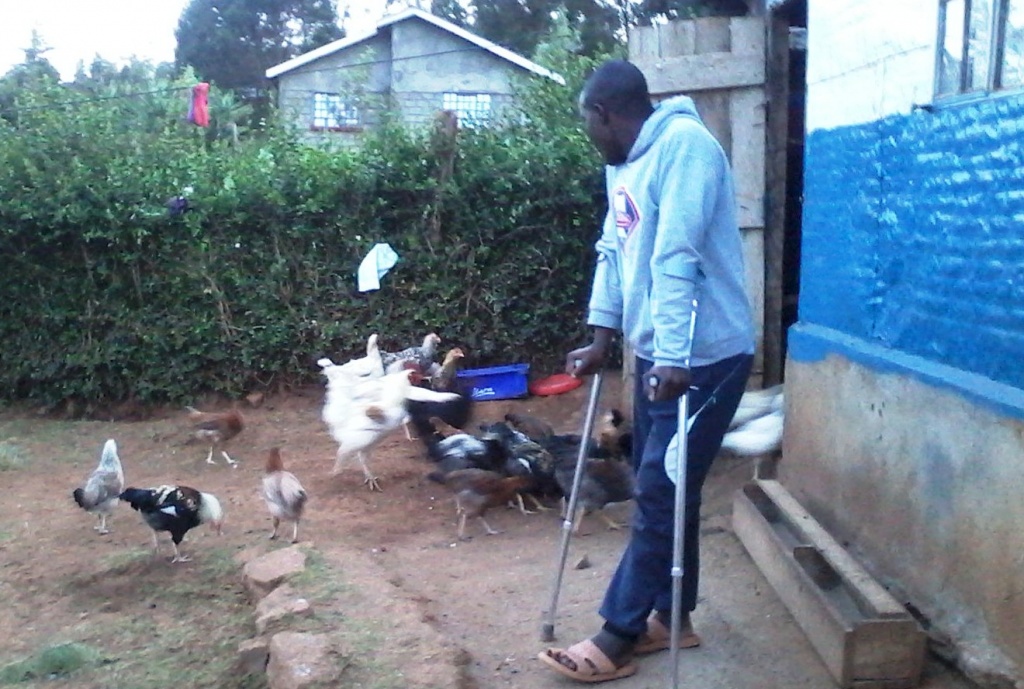
When my team and I visited Felix Jumbe, of Peacock Seeds, a hybrid seed grower in Salima, Malawi, in March this year, we were shocked by the destruction caused by the fall armyworm. Virtually every plant in every row of the 50 acres hybrid section of the Peacock Seeds farm had been severely damaged.
Jumbe and his farm manager had sprayed the field four times with pesticides, but to no avail, triggering losses of (Sh15.55 million)$150,000 on just that one 50 acre field.
The scale of the damage in Malawi prompted Alliance for a Green revolution in Africa (AGRA) to issue a call to action that has since drawn together scientists from across the agricultural sector. But the worm has continued to spread, now to Burundi, Rwanda, Uganda, Kenya, and most recently to Ethiopia and the Democratic Republic of Congo.
It has so far destroyed over 741,316 acres of maize across Africa, which is the staple food to more than 200 million people in the region.
Kenya’s Trans Nzoia County, considered the country’s food basket, has, alone, lost 256,684 acres of maize, in destruction that is set to cause serious maize shortages ahead and comes hard on the heels of a drought-triggered shortfall.
Authorities have reported that in Rwanda, the pest has infested maize and sorghum crops across a full quarter of the country’s cropped land. The worm has similarly infested 90,000 hectares of maize in Zambia, 42,008 acres in Malawi, 321,237 acres in Zimbabwe, approximately 123,553 acres of maize and millet in Namibia, over 40 per cent of the crops in Uganda, and over 49,421 acres of maize in northern and south-eastern Tanzania.
The Center for Agricultural and Biosciences International (CABI) estimates the losses to Africa’s maize could cost the continent Sh311.1 billion ($3billion) in the coming year.
Nor is maize the sole casualty. The fall armyworm feeds on more than 80 plant species, including rice, rice, sorghum, sugarcane and vegetable crops.
Little is known, however,about how it came to Africa. Scientists suggest the insect may have arrived in imported food from America. Or it might have crossed the Atlantic in wind currents, with the wind borne adult moths capable of covering vast distances.
But its subsequent spread has been ferocious. The worm was first reported in West Africa in January 2016. It quickly spread to Central Africa, before reaching Zambia and spreading across all of southern Africa.
READ ALSO: Plant extracts show positive results in containing fall armyworm
READ ALSO: Experts meet in Nairobi to solve fall armyworm menace in Africa
READ ALSO: Sexual luring may end fall army worm
Farmers and governments have scrambled to respond. Ghana, for instance, declared a state of emergency as the worm swept through its crops. The Zambian government deployed its national air force to transport pesticides across the country for spraying. Likewise, Rwandan soldiers have been diverted to spraying fields. But the impact has been limited, often because the treatment has been applied too late in the worm’s life cycle.
There is hope a biological agent could help in future. Lancaster University professor Kenneth Wilson found a virus that killed the loosely related African armyworm. Replicating the same virus in the fall armyworm could create a viable pesticide against the insect.
Lessons can also be drawn from Brazil, which has grappled with the worm for decades, even as the pest has developed resistance to a growing range of pesticides. The country spends some Sh62.22 billion ($600million) a year in the battle, but has benefited from the worm’s vulnerability to freezing temperatures, meaning that turning soils in the cold season can kill the pupae and larvae between harvests.
In Africa, cold is not a ready tool, with rising temperature levels further fueling the worm’s spread.
Curbing the damage ahead,therefore,requires concerted action, in which the farmer is placed at the heart of the fight.
It is vital to generate a massive awareness campaign to educate farmers on early detection signs, so that infestations are tackled early and at speed. To be effective, farmers also need to know exactly what they need to do - which pesticides are effective, and how they need to be applied. They also need to access supplies, and may require support in applying control measures rapidly enough.
Enabling our agricultural communities with quick and coordinated responses is now essential, to ensure the continent stays ahead of the plague.
African governments are urgently identifying capacity and building strategic alliances with key stakeholders in the agricultural sector to achieve both short and long-term action plans to address this pest.
This drive offers the hope, over time, of delivering an integrated management strategy that can save Africa’s agricultural sector, which feeds the continent and is key to Africa’s economic transformation.
Otherwise parts of Africa can draw lessons from Southern Africa. Despite major infestation by the worm, the region has recorded bumper harvests this season. Although this greatly attributed to increased acreage under cultivation and higher use of improved seed varieties and fertilizer as a response to the devastating drought, this may also point to greater resilience against the warm. Such lessons and more need to be distilled quickly and applied elsewhere on the continent. We cannot allow the fall armyworm to wipe out all the gains made in the agricultural sector. That makes the fall armyworm an issue too urgent to ignore, and a challenge that now needs to be on every agenda.
Dr. Joe DeVries is AGRA's Vice President for Programmes.
Write comment (0 Comments)
















